Travelling on the Qinghai-Tibet railway

A monk returns home by taking the train from Lhasa, capital of Southwest China's Tibet autonomous region, to Xining, capital of Northwest China's Qinghai province, on the Qinghai-Tibet railway on May 27, 2016. Since the opening of the railway a decade ago, the number of passengers paying pilgrimage to Lhasa has been on the rise. From early December to the end of January the next year, more than 60 per cent of passengers on the train K9801, heading from Xining to Lhasa, were pilgrims. [Photo/Xinhua]
About 1,375 years ago, Wen Cheng, a Han princess in the Tang Dynasty (AD 618-907), took nearly three years to travel the 2,800 kilometers from today's Xi'an, Shaanxi province, to Lhasa, Tibet, to marry Songtsan Gampo, the Tibetan king.
Now, thanks to the opening of the Qinghai-Tibet Railway 10 years ago, the trip takes just 32 hours.
The railway is 1,956 kilometers long. At its highest point, it is 5,072 meters above sea level. It is the world's highest line, and the longest built on a single plateau. It is the first railway connecting Tibet with the rest of world.
The railway links Xining, the capital of Northwest China's Qinghai province, to Lhasa, capital of Southwest China's Tibet autonomous region.
According to the China Railway Corp, the Qinghai-Tibet Railway had carried 115 million passengers and moved 448 million tons of goods as of May.
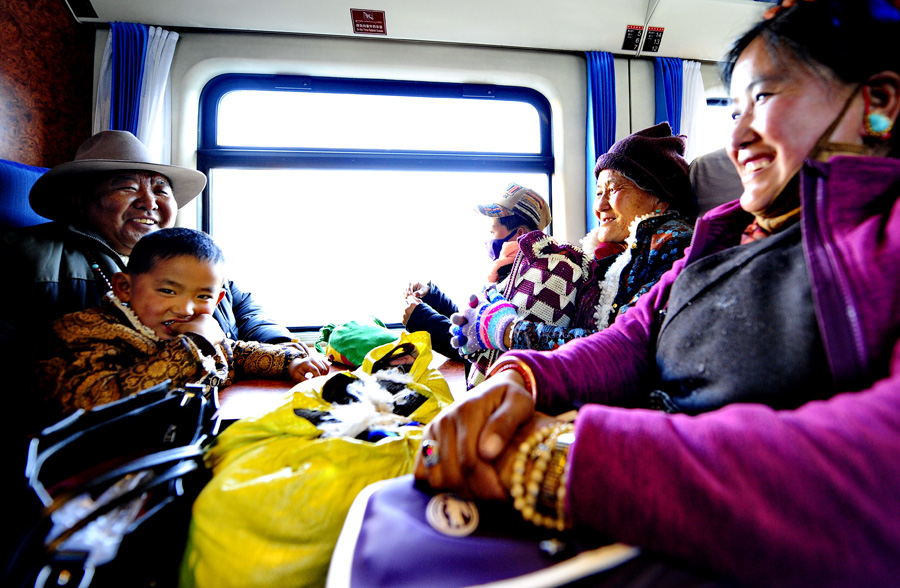
A family returns home by taking the train from Lhasa to Xigaze, in Southwest China's Tibet autonomous region, on the Qinghai-Tibet railway, January 24, 2016. The Lhasa to Xigaze section, an extension of the Qinghai-Tibet railway, makes traveling between the two cities more convenient. Passengers can return the same day if they depart in the morning. [Photo/Xinhua]

A passenger reads the scriptures at the waiting room of the Lhasa Railway Station in Lhasa, capital of Southwest China's Tibet autonomous region, January 24, 2016. [Photo/Xinhua]

A train travels on the Lhasa-Xigaze Railway, an extension of the Qinghai-Tibet Railway, May 14, 2016. [Photo/Xinhua]
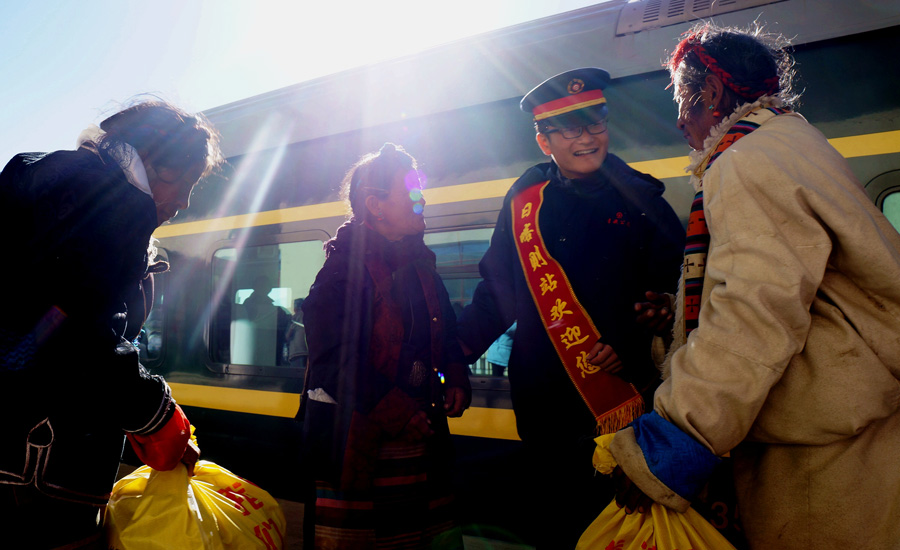
A staff member of the Xigaze Railway Station offers help to passengers at the station, January 24, 2016. [Photo/Xinhua]
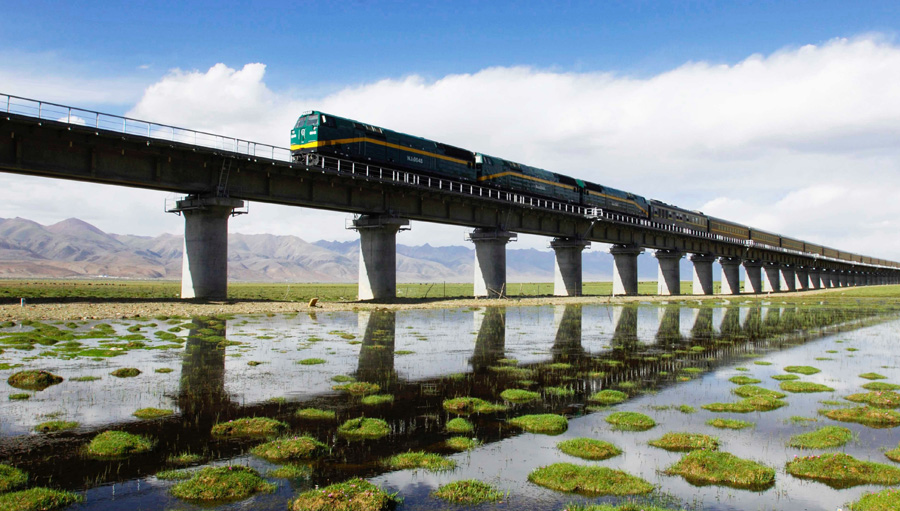
A train passes by a wetland of Northern Tibet, Southwest China's Tibet autonomous region, on the Qinghai-Tibet Railway, June 26, 2007. Ecological protection measures taken during and after the construction of the railway have ensured it was built as "a green railway". [Photo/Xinhua]

A train passes by Lhasa, capital of Southwest China's Tibet autonomous region, on the Qinghai-Tibet Railway, June 27, 2016. [Photo/Xinhua]
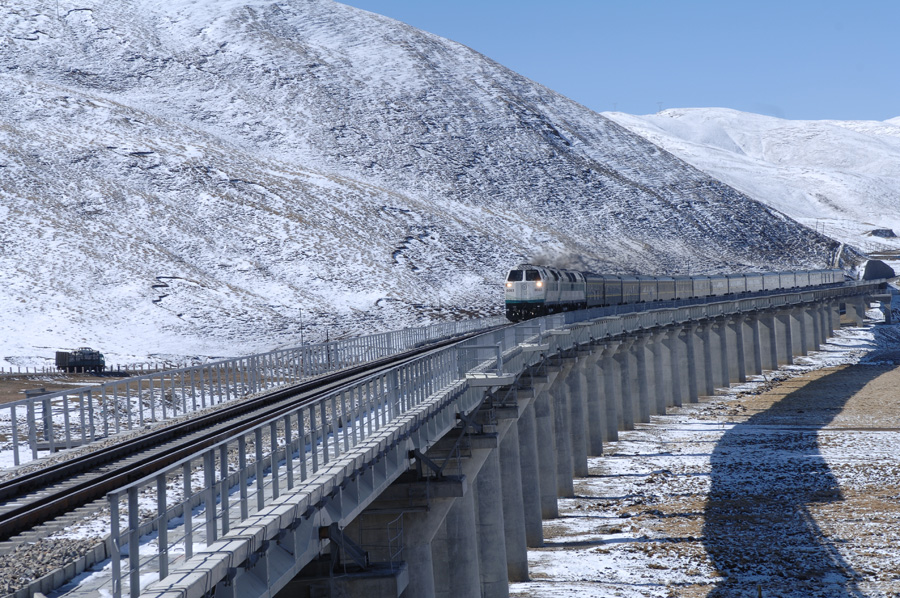
A train passes by Lhasa, capital of Southwest China's Tibet autonomous region, on the Qinghai-Tibet Railway, Oct 25, 2006. [Photo/Xinhua]
Your Comment
Name E-mailRelated News
-
;
-
-

-
Qinghai-Tibet Railway does not affect migratory patterns of Tibeta
After the Qinghai-Tibet Railway went into service, rare animals such as the Tibetan antelope have not been affected in the regard of migration patterns.
-
-
-
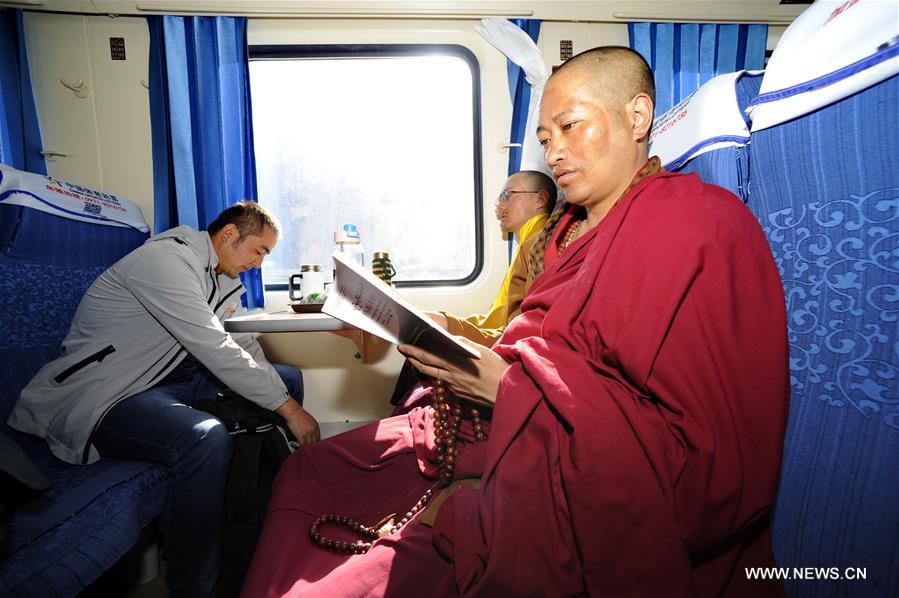
-
Pilgrims to Lhasa benefit from Qinghai-Tibet Railway
Passengers are seen on a train from Lhasa to Xigaze, southwest China's Tibet Autonomous Region, Jan. 24, 2016.
-
-
-
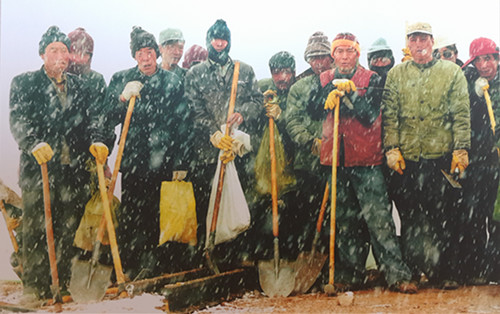
-
Qinghai-Tibet Railway: Pride of all Chinese
Foreigners only know that the Great Wall as the seventh wonder of the world, actually, modern Chinese construction is even more amazing.
-
Based in Lhasa, Tibet Vista is a Tibet travel agency that specialized in Tibet permit, and Tibet tours for both private and group travelers at a local price!
•4 Days Lhasa City Group Tour from USD 460 •8 Days Everest Base Camp Group Tour from USD 850 •15 Days Mt.Kailash Group Tour from USD 1780 •2016 Tibet Train Tours from Beijing, Shanghai, Chengdu, Xining,etc










